24+ SAMPLE Training Services Agreement
-
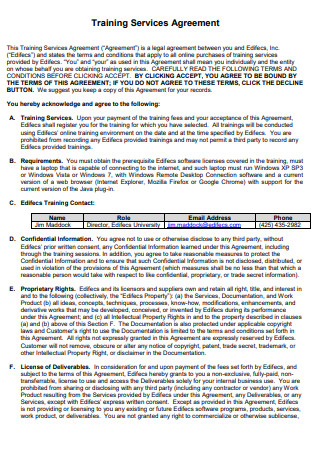
Training Services Agreement
download now -
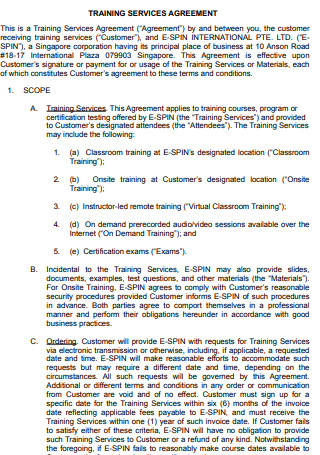
International Training Services Agreement
download now -
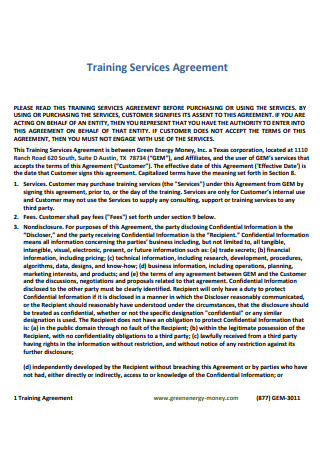
Sample Training Services Agreement
download now -
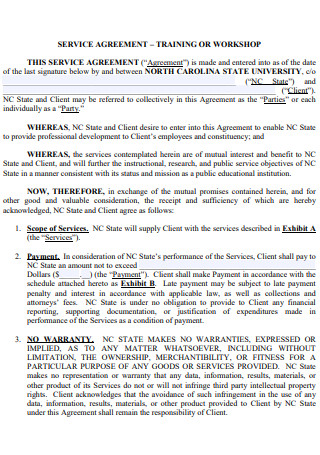
Services Agreement Training
download now -

Standard Training Services Agreement
download now -
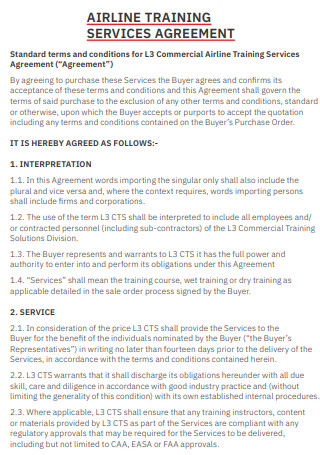
Airlines Training Services Agreement
download now -

Atheletics Training Services Agreement
download now -
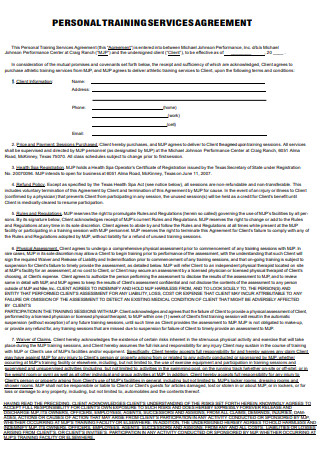
Personal Training Services Agreement
download now -
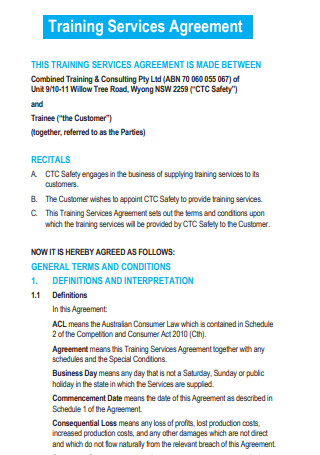
Customer Training Services Agreement
download now -
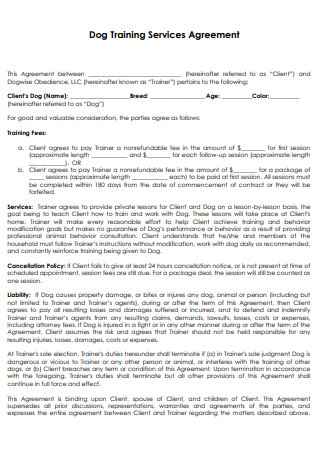
Dog Training Services Agreement
download now -

School District Atheletic Training Services Agreement
download now -
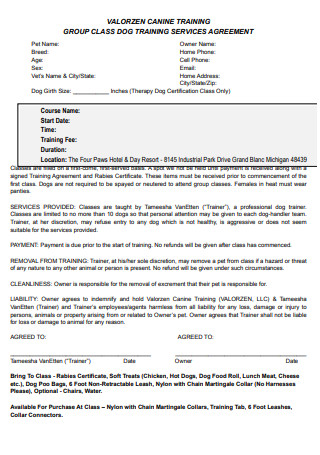
Group Class Dog Training Services Agreement
download now -
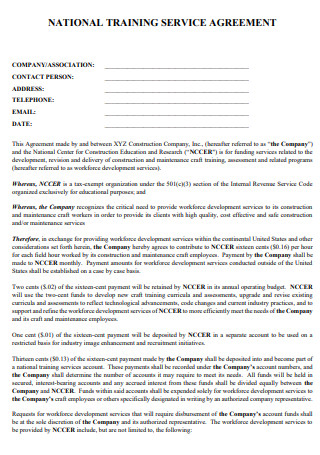
National Training Services Agreement
download now -
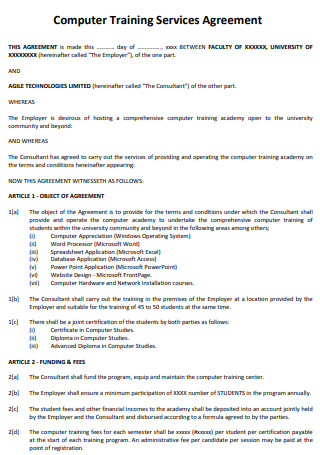
Computer Training Services Agreement
download now -
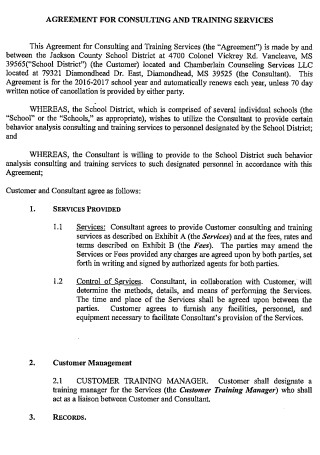
Agreement for consulting And Training Services
download now -

Performance Agreement Training Services Delivery
download now -
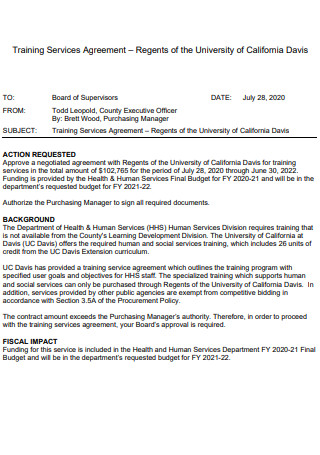
University Training Services Agreement
download now -
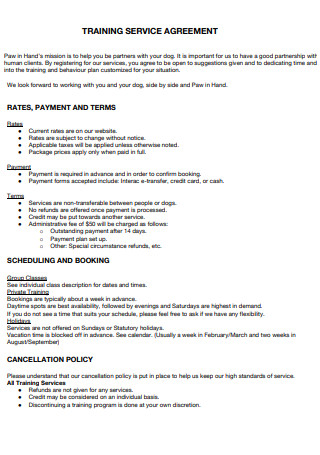
Formal Training Services Agreement
download now -
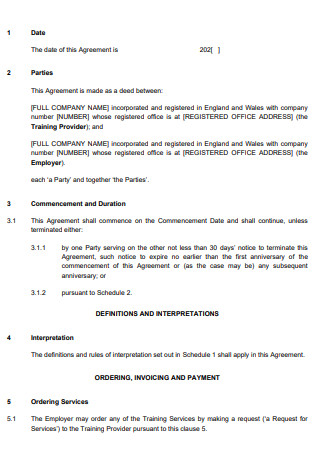
Training Provision Apprenticeship Services Agreement
download now -
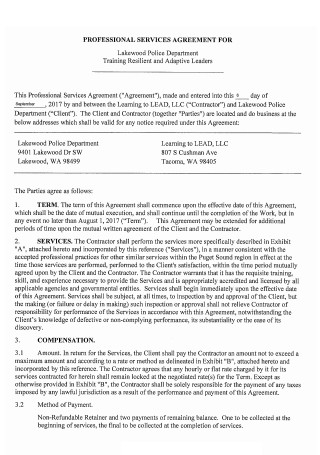
Training Professional Services Agreement
download now -
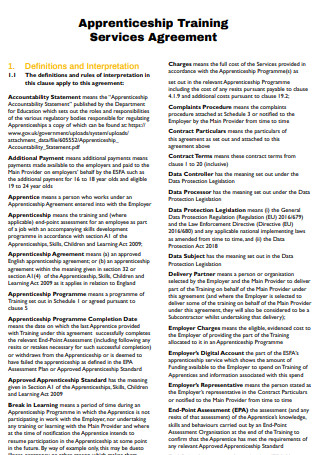
Apprenticeship Training Services Agreement
download now -
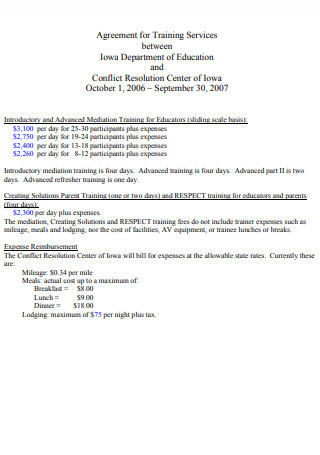
Agreement for Training Services
download now -
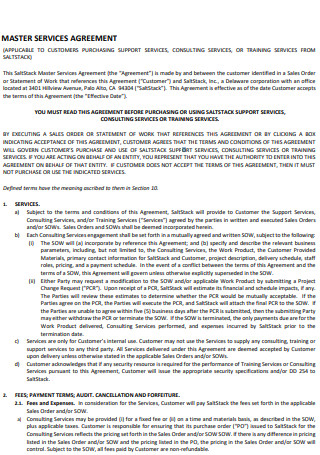
Master Training Services Agreement
download now -
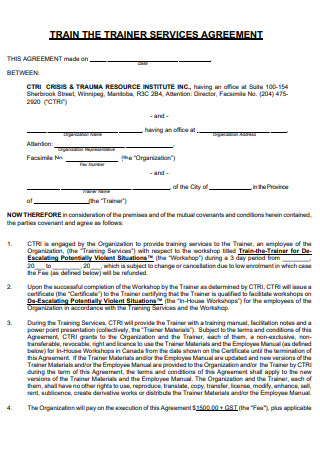
Train The Training Services Agreement
download now -
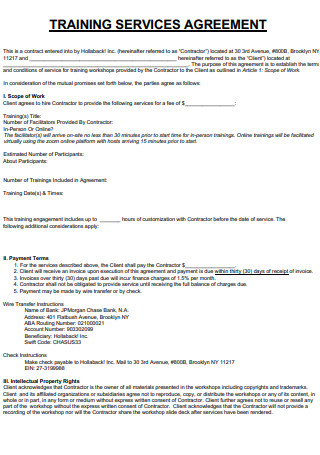
Training Services Agreement Example
download now
FREE Training Services Agreement s to Download
24+ SAMPLE Training Services Agreement
What Is a Training Services Agreement?
Types of Employee Training Services
Benefits of a Training Program
How To Make a Training Services Agreement
FAQS
Why Is a Training Service Agreement Necessary?
What Are Some Training Examples?
Why Is Training Vital?
What Is a Training Services Agreement?
A training services agreement is a document signed by both the person receiving the service and the person providing it. It could simply be between a trainer or an agency and a party seeking their services. The training service would address all of the necessary training materials. The cost and duration of the training would also be specified in the agreement. And clearly describe its mission and policies.
According to research.com training industry statistics, an average of 8% of training budgets were spent on outsourcing in 2019. In other words, the corporation hires or employs someone from outside to provide the service. It could also be a training agreement between company and trainer.
Types of Employee Training Services
Some trainees may be part of a training program that lasts several weeks. This is to guarantee that they are physically and mentally capable of performing the job before being trusted to do so. The same is true for call center training. Before they can take on calls, they normally have to go through weeks of training. Their technical abilities must be compatible with their knowledge. That is how they can effectively assist their customers. Part of such training includes evaluating their development on a regular basis. And there are several types of training programs that are appropriate for various job descriptions.
Benefits of a Training Program
Aside from the knowledge transfer that occurs during training, it also aids in the creation of a practical scenario. It is easier for any trainee to progress when they are provided with the appropriate training materials. So, what exactly are the advantages of a training program? Let’s find out together!
How To Make a Training Services Agreement
If you work for a training agency or as a trainer, you should know how to protect yourself by establishing an agreement. An agreement gives for a deeper understanding for both sides. The agreement would also contribute to a healthier middle ground in which both parties may give and take equally. There are additional constraints and requirements, particularly if the training is outsourced. That’s when the training services agreement pdf came in handy. And now, let’s learn how to write one.
-
Step 1. Address the Parties Involve
On the one hand, there is the company or individual seeking to obtain the services. On the other hand, there is a trainer or an organization that can supply a trainer. The personnel or company that is specifically involved with this form of training should be specified in the agreement. If it is only the guy representing himself or if he is using the name of his company. To avoid miscommunication when it comes to delivering services, it’s always best to include all parties involved.
-
Step 2. Name the Training Services
As previously stated, there are several training services available. And they all employ various materials and possibly different trainers. As a result, the organization must state specifically what type of training they wish to provide to their staff. It should state why they require the training and what results they hope to achieve. It aids in the creation of relevant materials on the part of the trainer. And prepare for the kind of training methods that will be used. Companies sometimes have their own policies about training. It is preferable to define that in this agreement.
-
Step 3. Price and Duration of the Training
The question of compensation for services obtained and performed is a critical component of any agreement. The cost may vary depending on the sort of training required. Furthermore, the length or duration of the training may contribute to an increase in price. And both pieces of information should be included in the agreement.
-
Step 4. Trainers and Trainees
Management is sometimes the one who makes the training services arrangement. As a result, the trainees aren’t directly aware. They only need to fulfill their function of learning and training. However, one component of the agreement is to define who the trainers and trainees are. The trainer’s basic information, such as their name, could be provided. Trainees could be referred to in a broad sense without listing all their names.
-
Step 5. Conditions and Rules
Almost every agreement has its own set of conditions and standards to follow. There may be unique requirements for how the training is to be conducted. Or what constitutes inappropriate or insufficient service. It must also specify the exact roles of all participants in the training as well as what they should and should not do.
FAQS
Why Is a Training Service Agreement Necessary?
A training service agreement is required since it specifies the services that will be acquired. It also contains the cost and length of the training. As well as all the individuals that are expected to be a part of the training.
What Are Some Training Examples?
Onboarding, orientation, management or leadership training, and technical skills training are some examples of training. There are various training methods such as work shadowing and mentorship.
Why Is Training Vital?
Training aids in determining one’s strengths and limitations. And throughout that training, it assists someone in overcoming a weakness and exceeding a limitation. And trainings help to sharpen one’s talents and put them to the test on a regular basis.
Training services are frequently acquired and required in order to improve. Making a deal about it is only one technique to safeguard both parties. For more details, see the sample training services agreement!
